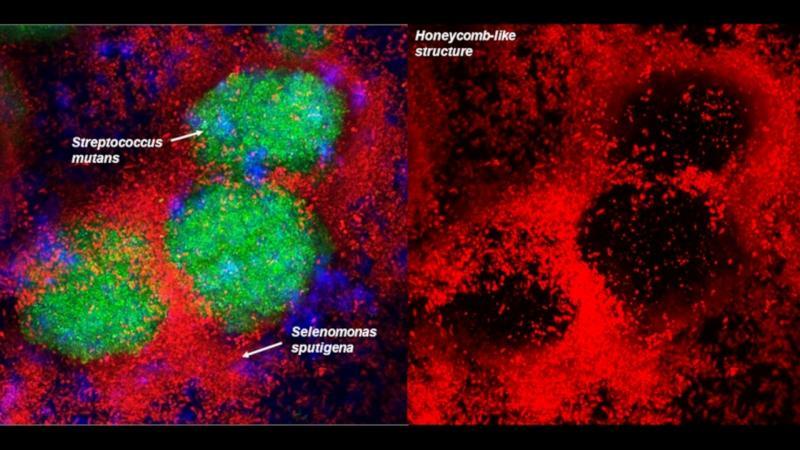Previously, it was believed that Streptococcus mutans is the main microorganism that provokes the formation of dental caries. However, a recent study found that another species of bacteria, Selenomonas sputigena, plays an important role in the development of dental caries. The unique findings obtained from the study could help develop new strategies for caries prevention.

In the study, scientists analyzed plaque samples from the teeth of 300 children aged 3 to 5 years, half of whom suffered from dental caries. They then confirmed their findings on another set of 116 plaque samples from children aged 3 to 5 years. It was found that S. sputigena itself does not cause caries, but when interacting with S. mutans it enhances its cariogenic power.
“This is a completely unexpected discovery that gives us new insights into the development of caries, highlights potential future targets for caries prevention and reveals new mechanisms of bacterial biofilm formation that may be relevant in other clinical contexts,” said senior study author Professor Hen Michel Koo, founding director of the Center for Innovation and Precision Dentistry at the University of Pennsylvania School of Dental Medicine.
Studies have shown that Selenomonas sputigena interacts with Streptococcus mutans in the formation of caries.

The researchers explained that S. mutans metabolizes sugars to produce glucans to protect biofilm bacteria, and S. sputigena can become trapped in the glucans. Once this occurs, S. sputigena grows rapidly, forming honeycomb-shaped superstructures that further encapsulate and protect S. mutans, thereby increasing acid production in plaque.
The study was conducted as a collaboration between the University of Pennsylvania School of Dental Medicine and the University of North Carolina at Chapel Hill, Adams School of Dentistry, and Gillings School of Global Public Health. “This was a wonderful example of collaborative scientific work that would not have been possible without the complementary expertise of many groups and individual researchers and trainees,” said co-author Professor Kimon Divaris from the University of North Carolina at Chapel Hill.
The researchers now plan to further study how S. sputigena enters the aerobic environment of the tooth surface. “This phenomenon, in which a bacterium from one type of environment moves into a new environment and interacts with the bacteria living there to create these remarkable superstructures, should be of wide interest to microbiologists,” concluded Professor Koo.
